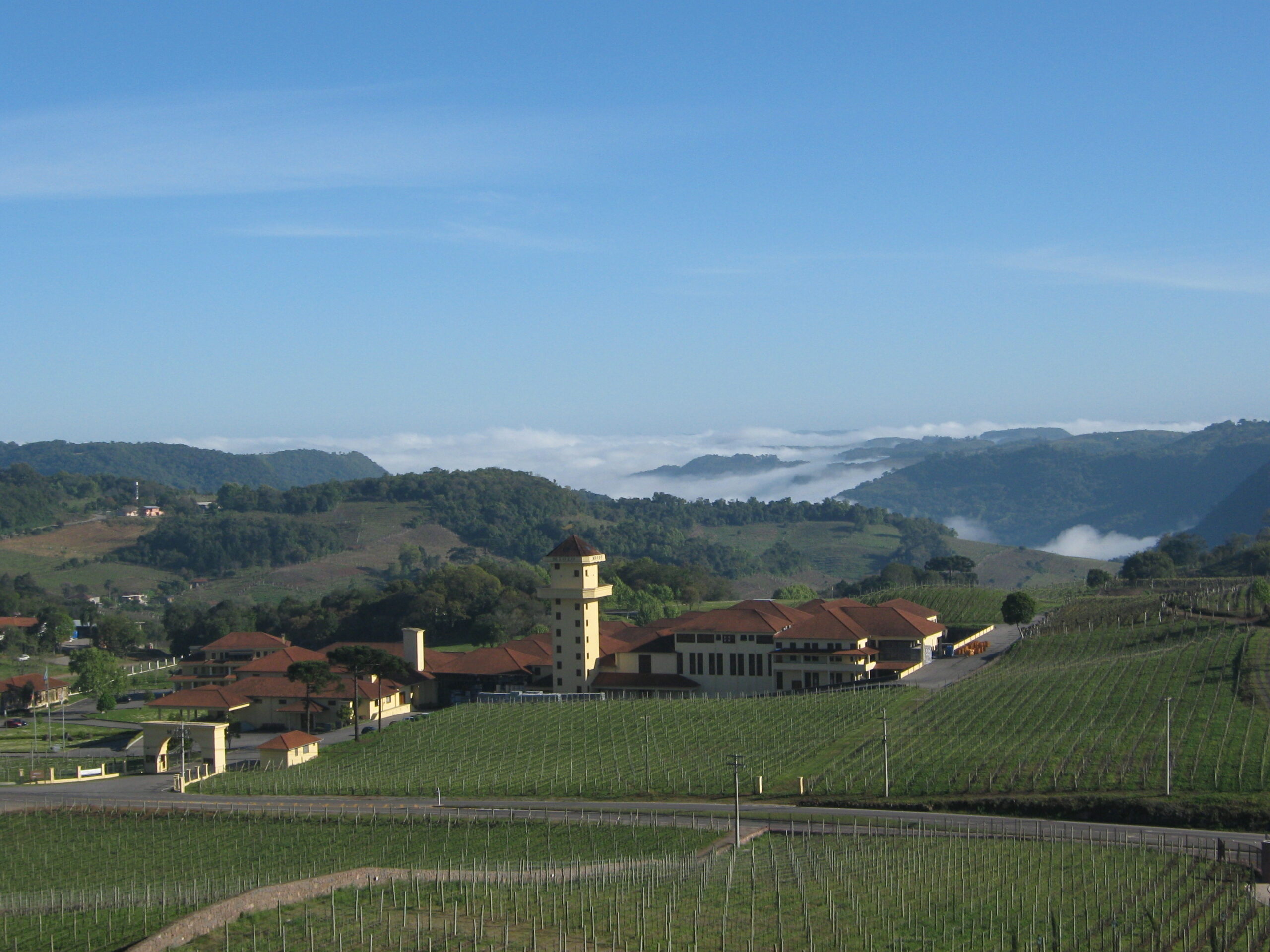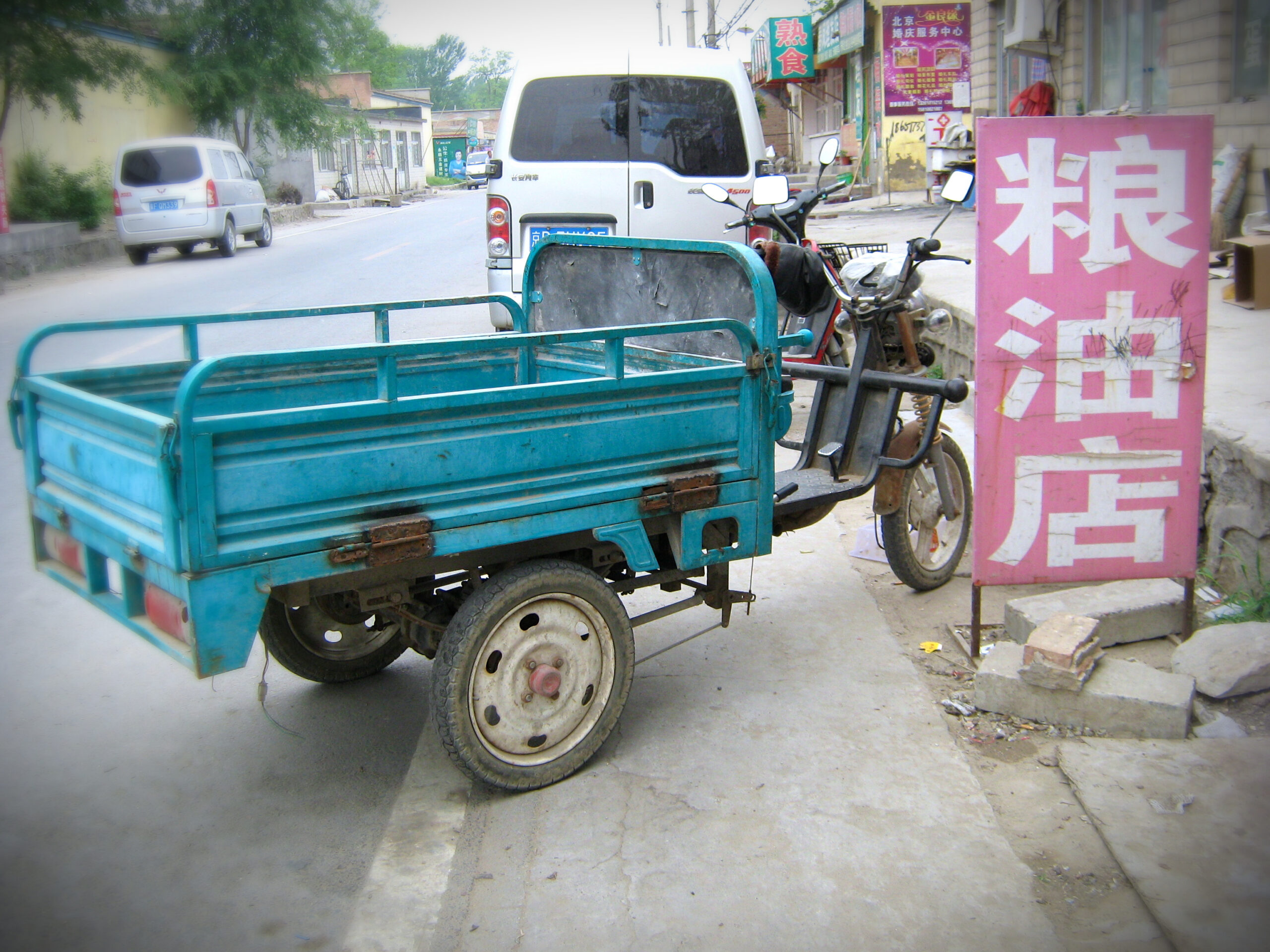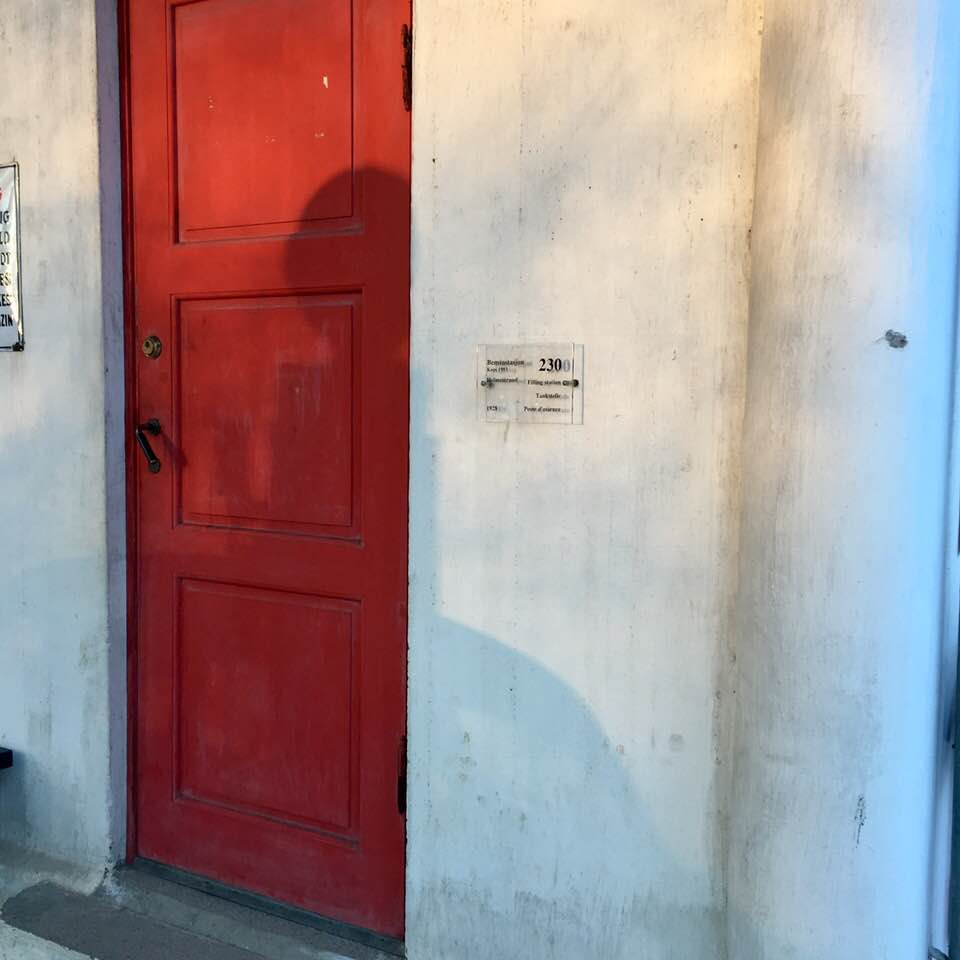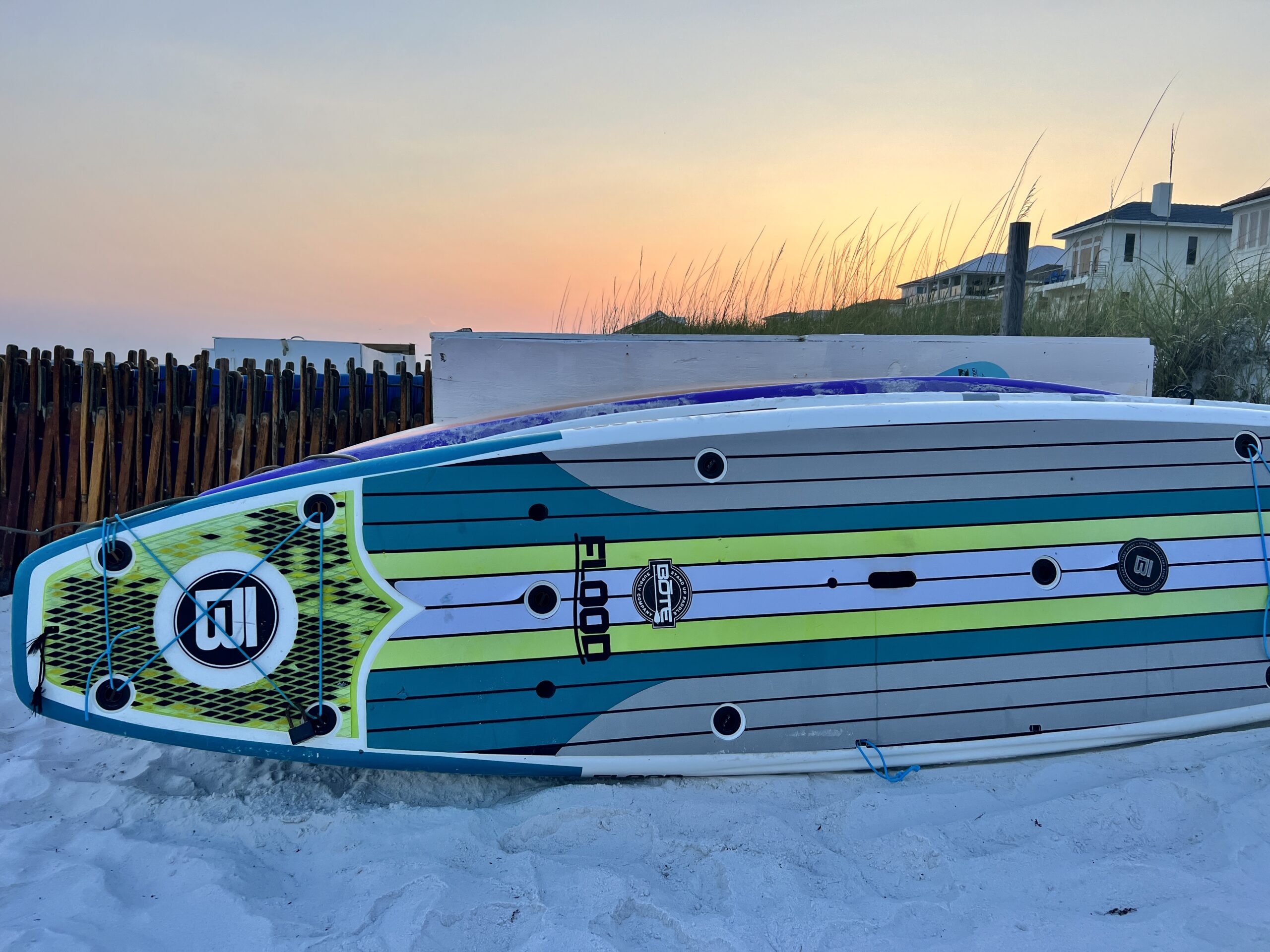
Brazil — An Unexpected Wine Country Trip
It wasn’t the cushioned wooden lounge chair, the thick robe, the citrus-infused water or the soaking pool looking out on the rolling green countryside that truly spoke of relaxation.
No, it was only when I discovered that all of the magazines were in Portuguese that I finally shut off my head and indulged in the unique sensory experiences offered by a spa in the heart of Italian wine country in southern Brazil.
The half-day spa package that I chose included a soaking bath. Of the four bath choices available, I selected the 20-minute “Bain Barrique” in what is essentially a jet tub outfitted to look like a wine barrel.
How fitting, then, for my stay at the Hotel and Spa Do Vinho, a gorgeous launching point for exploring an unexpected trip in an unexpected wine region: southern Brazil.

How I Ended Up in Southern Brazil
When I lived in Chicago with my young daughter from 2006 to 2009, I made a concerted effort to do *all the things.* Of course, being a single mom, I made sure most of them were free, including Sunday wine tastings at the new boutique wine shop a few blocks from my house in the Roscoe Village neighborhood.
It was a rainy April day and the shop was new when I ventured into Lush for the first time, so there were few patrons. There was, however, a very special guest: Richard Betts, a rock-star master sommelier who ran the wine program at the world-renowned Little Nell in Aspen at the time.
None of this resonated with me then except Aspen — I had grown up visiting family in Denver, so I chatted with him about the connection. Though he looks like a literal rock star, Richard was (and is) the least pretentious and funniest person you’d ever want to meet in the wine world. So he kindly encouraged me to sign up for one of the wine classes he helps teach. Having had a few samples by then, I said sure, why not?

When I got home and the warm glow of the samples subsided, I looked up the Court of Master Sommeliers and realized how deep I’d gotten myself. But I am a woman of my word, and if I say I’m going to do something, I do it. So I ordered the recommended several hundred dollars’ worth of massive encyclopedias and manuals on wine regions of the world, winemaking styles and history, service standards, beer and spirits production and blind tasting.
I diligently studied the entire summer. I took notes and practice exams. I volunteered in wine and beverage stores. And I visited Lush every Sunday afternoon for their free tastings with my patient little girl, where we made fast and lifelong friends with a few fellow female patrons and the ladies working behind the counter. And in August I flew to Austin, Texas, for a day and a half of whirlwind training followed by a do-or-die exam at the end of Day 2 for the introductory sommelier course. I and one other person were the only two out of a room of 200 who were not in the business, and the exam has a 10 percent failure rate, so my palms were sweating. But by some miracle, I was awarded my pin on a sweltering evening by one of the few master sommeliers in the world.(Since 1969, only 269 people around the globe have passed the ridiculously rigorous exam.) I was all the more humbled that Richard Betts, among that rare few, invited me to sit for even the first level of the institution’s training.


That Court of Master Sommeliers training, paired with my writing and journalism experience, led to countless magical experiences: exclusive restaurant reviews; one-on-one meetings and tastings with winemakers and chefs, including Anthony Bourdain when he visited Chicago; writing assignments that offered access to the friendliest wine families and professionals all over Napa, Sonoma and Santa Rosa. I took my little girl on many of these adventures. She developed escargot tastes on her momma’s “eat as much as you can from the sample tray at the grocery for dinner” budget.
It was 2008 by then, after all, and the recession had taken hold. I lost my job and had to sell my condo at a loss. My ex wasn’t paying child support, and I had to keep us afloat with my freelance income just as magazines and newspapers were downsizing due to a loss of advertising revenue. Amid that fear, worry and constant job-hunting stress, however, I was sipping Champagne made with the Méthode Traditionnelle and tasting wines paired with the first king salmon run of the season. It was quite a mental and emotional roller coaster.
One such magical opportunity was the chance to visit southern Brazil with nine other wine writers from around the world on an all-expenses-paid trip to explore the wines in Rio Grande do Sul, a trip organized as the region’s promotional group sought to expand exports worldwide. I spotted the table for Wines of Brazil at a Chicago tasting, pitched the topic to the fledgling Sommelier Journal magazine, and applied for and won a slot with Apex-Brazil.
I may have been well out of my league against the experienced journalists from Canada, China and Germany. I may have stayed up too late the night before my long flight to Sao Paulo and town car ride to Bento Gonçalves going bar hopping in Wrigleyville with friends. I may have nearly fallen out of my chair from exhaustion at our welcome dinner, which lasted until midnight and included countless rounds of wines. (I swayed a few times, much to the amusement of the somewhat sarcastic fellow from Vancouver seated next to me.) But it was an unforgettable experience … even if the excess of wine and food tastings blotted out so many brain cells.
Wine Country in Brazil


It was a stunningly beautiful morning on our first day of tastings as Ademir Brandelli greeted us in front of Don Laurindo, his family’s winery in southern Brazil, where he is director and enologist. The breeze was pleasant, the sun warm in a sky so blue it was almost unreal. A perfect day for working in the vineyards — and Brandelli’s father, Don Laurindo, was doing just that, as he did every day at age 77.
Traveling south past the beaches of Rio de Janeiro and the cultural sophistication of Sao Paulo, you may think you’ve discovered the rolling green hills of Europe. So did the German and Italian immigrants who came to the state of Rio Grande do Sul in the latter part of the 19th century, seeking land and the promise it held. Each was assigned a lote (“lot”), on which future generations established enterprises far greater than their ancestors ever dreamed of.

Although the latitude of Serra Gaucha is 29 degrees south, the terroir is actually similar to that of northern Italy. The early settlers found a temperate, four-season climate, enough elevation (2,100-2,400 feet) to ensure cool nights, and enough sun, heat, and rain to make humidity a problem in the summer. In the winter, below-freezing temperatures help keep the vines dormant. Today, in fact, the region does a brisk tourist business thanks to Brazilians from the north who want to experience cold weather.
The vineyards and wineries in the Vale dos Vinhedos, in the Serra Gaucha region of Rio Grande do Sul, have grown and thrived from the hard work of Italian immigrant families who have owned and operated them since the first settlers arrived from Verona and Trentino in the late 1800s. Those families have expanded to include professionally trained enologists, consultants, marketers and lab technicians, as Brazil introduced its fine wines to markets around the globe. Over the years, the families and investors have purchased buildings and equipment — Vinicola Miolo, for example, poured $60 million into its winery operations between 1997 and 2009 — to make sure the world’s first impression was a good one.


Wine growers have learned to fine-tune the vines. There is little snow, but frosts pose a challenge for wineries from April through September — the winter season in southern Brazil. Grapes ripen with low acidity and high natural sugar. Most growers now remove leaves from their canopies to allow the grape bunches plenty of sunlight above the damp soil. As they plant new vines, many producers are switching from horizontal to vertical trellises. They have also been taking steps such as green harvesting to reduce yields for better quality.
These viticultural efforts have been matched by technological advances. Boscato, for instance, installed monitoring systems throughout its vineyards, at ground level and root level, to send back measurements such as dew, wind, and sunlight every 15 minutes. They track results from 10 microclimates, both for planning purposes and to take immediate action when necessary. Lidio Carraro has also mapped the microclimates in its vineyards; the producer used this information to guide its planting choices when it established new vineyards in 1998 and to evaluate the need for canopy management, pruning and fertilization.
Brazil’s winemakers have invested in production upgrades as well. Miolo brought on global superstar Michel Rolland as a consultant in 2003 and revamped its facilities so it could take advantage of gravity when grapes are delivered, among other changes. The facility achieved ISO 9001 and ISO 22000 certifications — and visitors must wear protective clothing as required by these rigorous standards. The vintners have sent their sons and daughters away to school to learn enology, management and marketing. Now they’re anticipating the time when all their investments will pay off.


The pioneering Italian families sold their grapes to larger wineries, keeping a little back for themselves. Today, many of the plots are still small, six acres or so, and family-owned. When it was no longer profitable to sell to the big boys in the late 1980s, however, some grape growers began to produce their own wines and sell directly to the consumer. This sparked a revolution in practice, education, technology, and organization in Serra Gaúcha, a region that accounts for nearly 90 percent of all the wine produced in Brazil—or about 5 million cases of fine wine annually.
Six producers in the Vale dos Vinhedos — Casa Valduga, Cordelier, Dom Cândido, Don Laurindo, Júlio Brandelli and Miolo — banded together to form the Vale dos Vinhedos Wine Producers Association (Aprovale) in 1995. Three years later, they applied to the National Institute of Industrial Property for an official appellation. Caxias do Sul University and the Brazilian Agriculture Research Company (Embrapa) Grape and Wine division produced the necessary topographical, soil, and climate studies, and in 2002, the Vale dos Vinhedos was the first region to be awarded Brazil’s “Indication of Origin” designation, recognized by the European Union in January 2007.
Wines labeled Indicacão de Procedencia Vale dos Vinhedos (IPVV) must have been grown and bottled in the valley. Moreover, only members of Aprovale are permitted to submit wines for the required testing and tasting by both Embrapa and Aprovale. Founded with the mission of encouraging wine and grape research, conservation, and tourism, Aprovale now numbers around 30 member wineries and an equal number of associated members such as hotels, cheesemakers, and artisans.


In a parallel effort, the Ibravin Brazilian Wine Institute was established in 1998 by a grape-grower organization, a wine-industry association, a grape-and-wine workers’ union, the federation of wine cooperatives in the state, an enology association, and the state secretary of agriculture and supply. This group addresses issues of promotion and marketing, technology and legislation. Finally, the Wines from Brazil organization was formed in 2002.
The result of all this organization, investment and promotion in global markets has been the planting of nearly 30,000 acres of Vitis vinifera in Serra Gaúcha. Overall production leans slightly toward more red wines than whites. Red varietals include Cabernet Sauvignon, Cabernet Franc, Merlot, Pinot Noir, Gamay and some grapes traditionally grown in Italy, such as Tannat and Ancellotta. The bulk of the white wines are made from Chardonnay, Muscat, Sémillon and Sauvignon Blanc.
What the country has begun to share with the world is unlike most of the other wines coming from the Southern Hemisphere, where Brazil is the fifth-largest producer. Most are food-friendly, European-style wines with moderate alcohol levels, typically 11–12 percent, and smooth, soft tannins. Reds are often barrel-aged in French oak. The region has also become known for the production of sparkling wines. Casa Valduga, which began using the methode champenoise thirty years ago, has one of the largest sparkling wine cellars in Latin America.


Some growers are still small, family operations, served by cooperatives such as Aurora, the country’s largest, which brought the first Brazilian wine to the United States in 1988. Aurora began with 16 families in 1931; today, there are more than 1,100 families producing about 24 million bottles of wine a year under several different labels. Aurora offers education and health care to its members and shares research gleaned from its technological centers, staffed by teams of enologists.
Other wineries have grown exponentially under the oversight of their founders. The Salton family arrived from Veneto in 1878, bringing several grapevine sprouts. Their company was founded in 1910; managed by the third generation, Salton owns roughly 750 planted acres and oversees nearly 2,000 acres held by its suppliers, producing 1.7 million cases annually. In 2004, Salton completed a gleaming new facility to house its winery, tasting rooms, laboratories, and retail shop.
The stories of these families are the story of Brazilian wines. The immigrants have brought their Italian tastes and style and integrated them with the South American culture. Soft, balanced reds can harmonize with pasta, yet have enough backbone to handle course after course of salted meat. Fresh, aromatic whites are cool on a hot day, but don’t drown food in syrupy sweetness. Traditional Italian grapes are handled with modern technology to manage tannins and improve consistency.
Brazil’s major producers are serious about improving the world’s perception of fine wine from their country, and they’ve put their money behind the effort. If they can maintain quality, consistency, and availability throughout the export process, they may surprise buyers not only with the polish and sophistication of their wines, but with the unique flavors from those Italian families who brought pieces of home to the New World.


Planning a Wine Tasting Trip in Brazil
Close to 200,000 people visit the region every year. Most come to tour the more than 30 wineries there, which are generally open 9 a.m.–5 p.m. every day. It’s easy to plan a visit using the tools at Vale dos Vinhedos. In addition to wineries and restaurants, studios featuring the works of painters, cheese-makers (including the Italian pecorino) and other artisans line the winding roads.
Bento Gonçalves is the nearest city, a wealthy enclave of 120,000 with hip clothing boutiques and a clean and quaint downtown. You can rent a car here (or you can contact a tourism bureau via the Vale dos Vinhedos website above). The major industry aside from wine in Bento Gonçalves is furniture, so look for locally made examples.
Of course, this still is Brazil, so along with your pasta and cappelletti soup, you’ll find as much meat-from-a-spit as you can eat at churrascarias.
Top Places to Stay, Eat and Drink
Casa Valduga Winery, Inn and Restaurant
Familia Salton Winery and Restaurant, plus links to wine routes
Hotel and Spa do Vinho
Miolo Winery
(Please pass along a hello to Patricia Carraro from her Facebook friend Julianne Will!)
You will need a visa in addition to your passport to visit Brazil. See the State Department’s website for the requirements. Follow the instructions precisely to gather the necessary documents and allow at least three weeks to a month to process the application. Be sure to also check out our blogs on registering your trip with the State Department and getting vaccinated when you travel. (I was bitten on my hands by something in a vineyard that swelled and receded every time I drank wine for several years.)
The nearest airport is Porto Alegre, the capital of Rio Grande do Sul.
You’ll typically find someone who can speak English at the tourist destinations, and there is always at least one English-speaking staffer on duty at the hotels. If you wish to investigate hiring a translator, contact Beatriz Glauche, director of the local language school Window Centro de Idiomas, at windowbento@gmail.com.
Although we strive to provide the most current information, bars, restaurants and attractions mentioned may close at any time, operate with a limited menu or reduced hours, or have takeout options only. We recommend checking individual websites for operating hours, updates, and social distancing measures before visiting.
The views expressed on this website represent the opinions of the authors; we encourage you to form your own opinions and confirm any facts.



